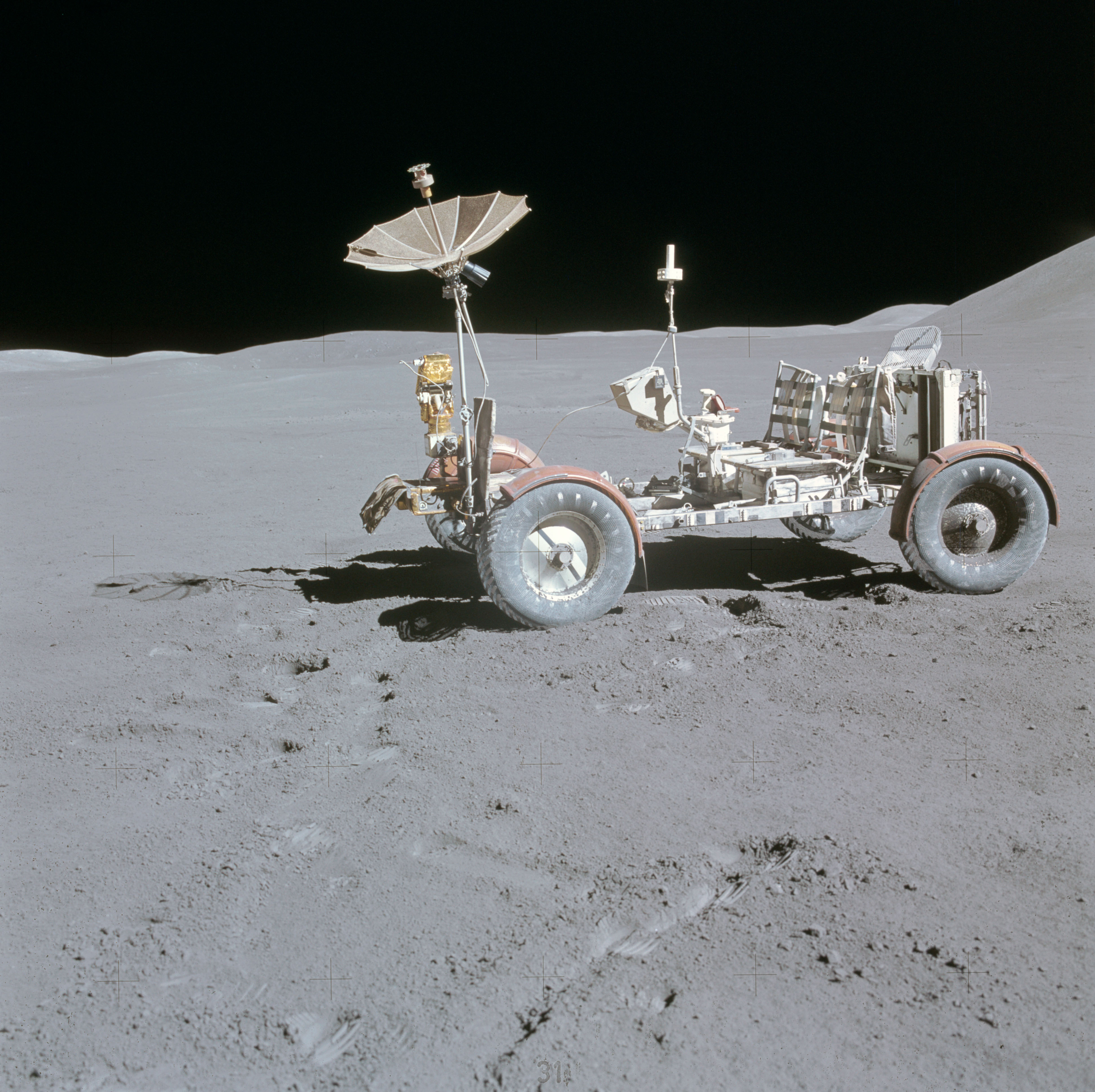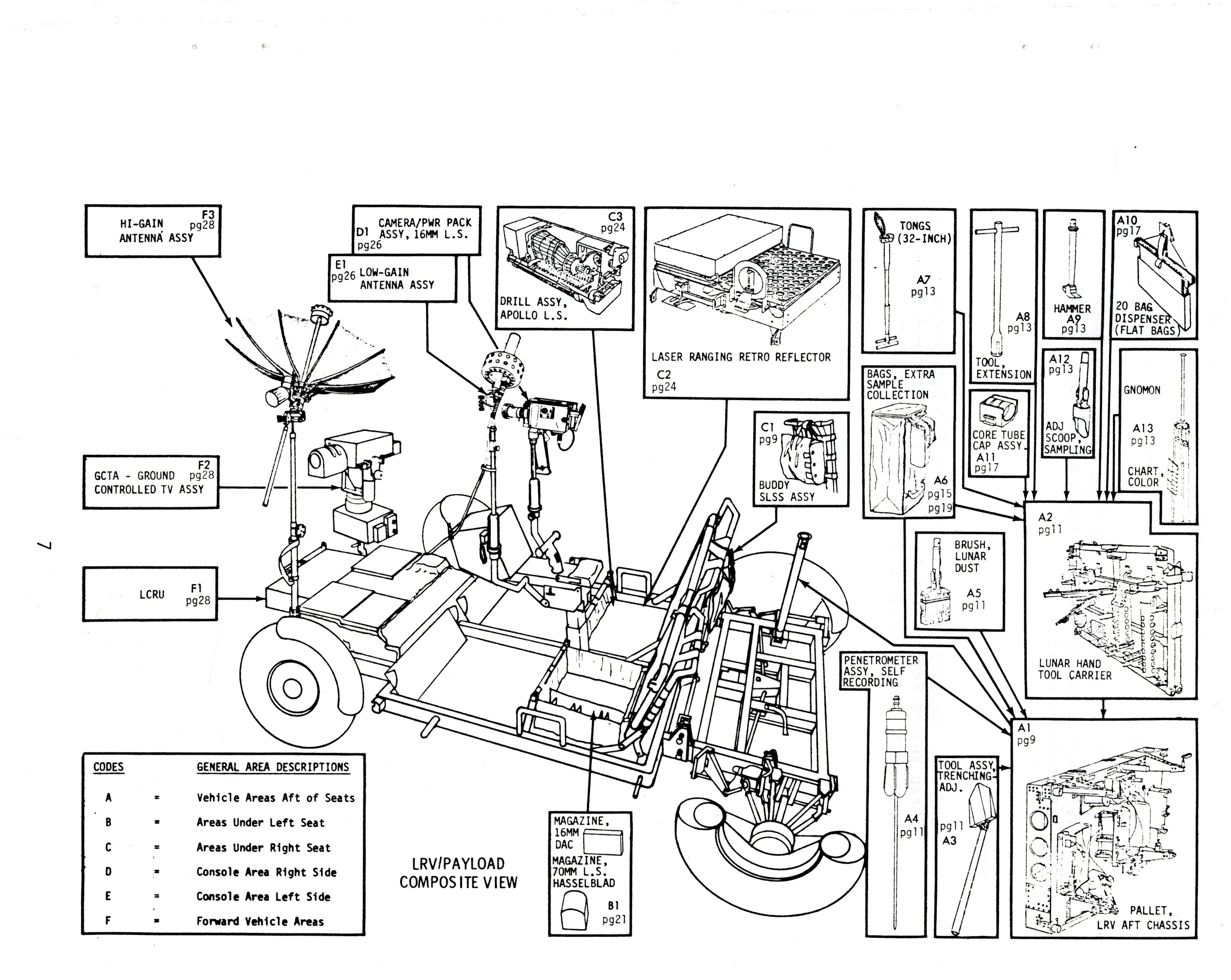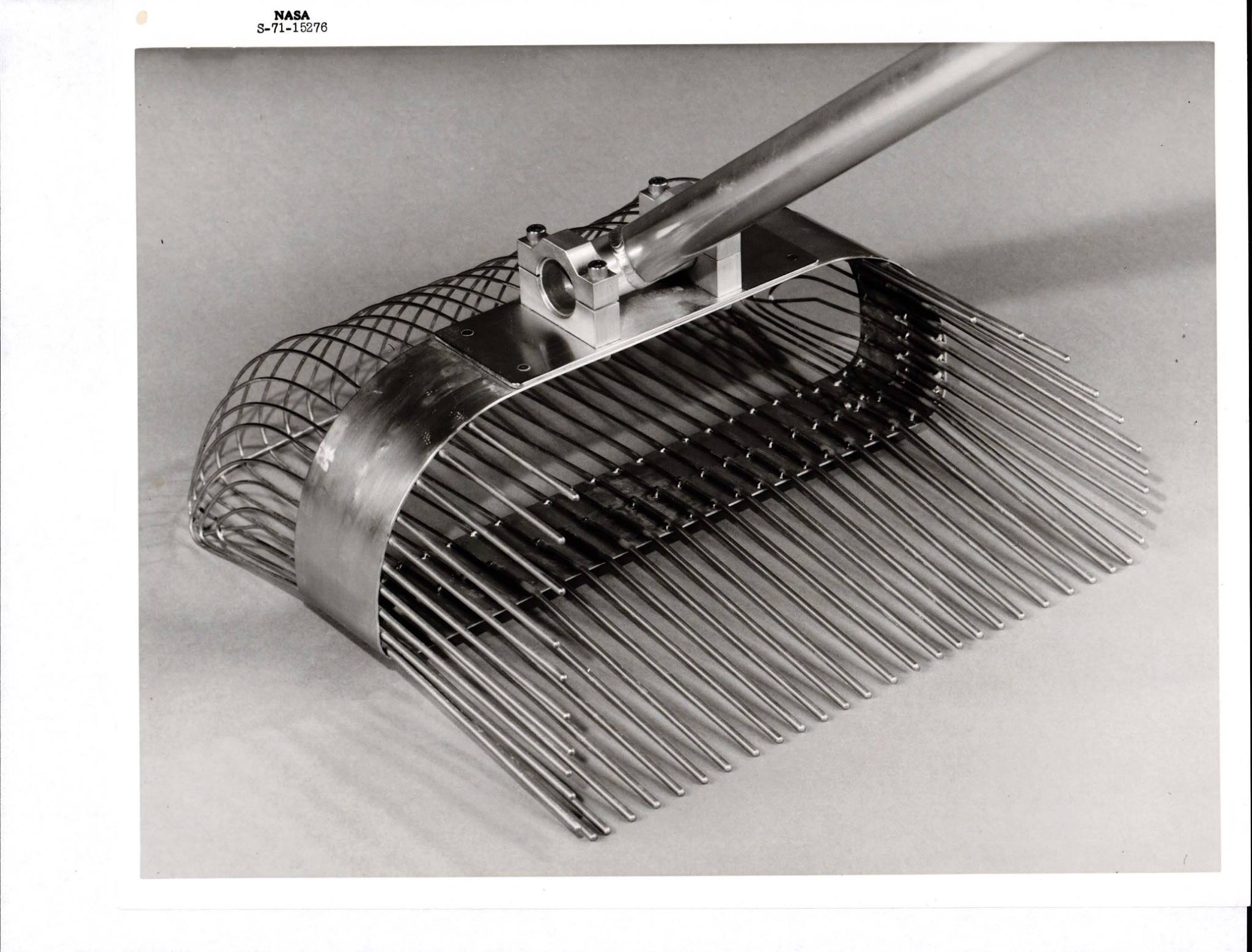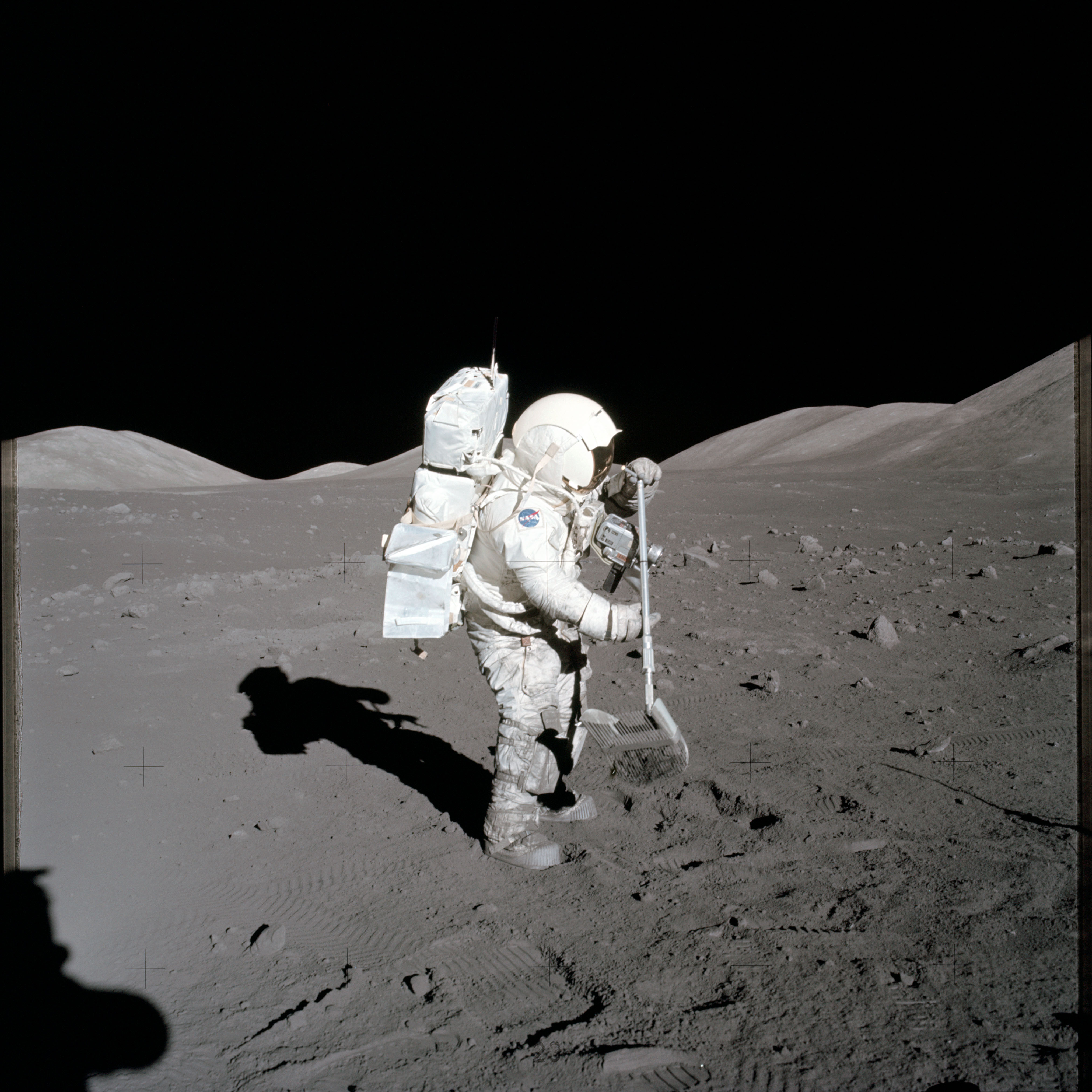50th Anniversary of Apollo 15 and the Lunar Roving Vehicle
An out-of-this world road trip
Only July 31, 1971, almost three years to the day after Neil Armstrong’s giant leap for humankind, Apollo 15 astronauts David Scott and James Irwin took a spin in the first set of wheels on the Moon. The lunar roving vehicle (LRV), or “Moon buggy” as it is popularly known, was specially designed for use on the low-gravity lunar surface.
Astronauts’ bulky space suits had required them to stay close to the lunar module during Moon walks on earlier Apollo missions, but LRVs allowed astronauts to cover more ground and travel farther from their landing site than they could on foot. The use of LRVs during Apollo 15, 16, and 17 not only greatly expanded astronauts' range of exploration, it made possible many of the major scientific discoveries that resulted from each mission.

Increased mobility on the Moon and beyond
To many, the lunar roving vehicle resembles leisure vehicles like the dune buggy or golf cart, but they were designed for hard work. LRVs not only helped astronauts get around, they tripled the astronauts’ productivity compared to earlier Apollo missions. All three lunar rovers were left on the Moon’s surface at the end of Apollo missions 15–17, but like many U.S. space program innovations, their impact continues to be felt on Earth. The technology that powered LRVs became the basis for motorized wheelchairs that help millions of people navigate our world today.

National Archives at Fort Worth, Records of the National Aeronautics and Space Administration

National Archives at Fort Worth, Records of the National Aeronautics and Space Administration
“Rock” and rolling with the lunar rover
In addition to enabling astronauts to travel farther, LRVs could also carry more equipment, like the lunar rake. Though it was specially designed to collect rocks from the Moon’s surface, you might have a similar tool at home. Astronauts would drag the rake through the Moon’s soil, then shake it—like a litter-box scoop—to dislodge smaller particles from samples to be kept for return to Earth.

Banner Image: Photograph of Apollo 15 astronaut James B. Irwin, lunar module, and lunar roving vehicle, August 1, 1971 (detail) National Archives, Records of the National Aeronautics and Space Administration
